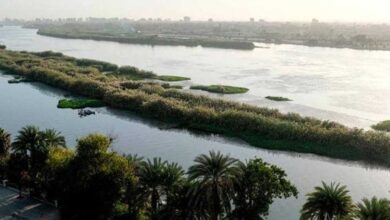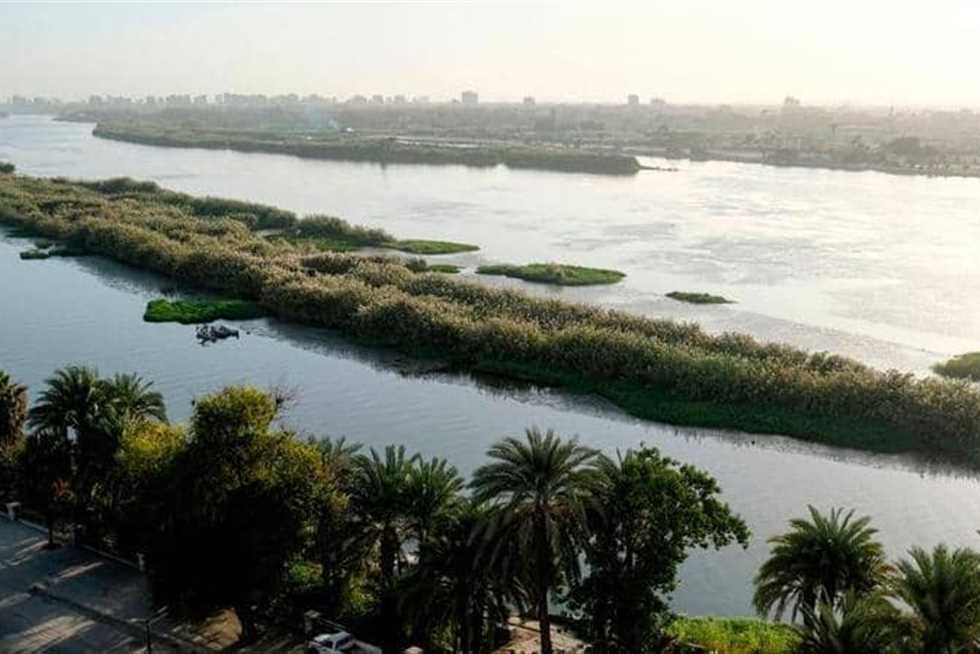During the 1980s, an Egyptian shrimp farmer imported what he thought were the larvae of US freshwater shrimp. After growing the new species in his fish farm, however, he discovered that instead of shrimp, the larvae had developed into sharp-clawed crayfish called Procambarus clarkii that systematically destroyed his nets.
Disappointed and angry at the nuisance caused by the crayfish, he got rid of them by throwing them in the Nile. Not only did the crayfish manage to survive in this new environment, they literally thrived, multiplying to the extent that they are now found in abundance all along the Nile, in its networks of canals and even in rice plantations.
The crayfish, native to the southeast US, represent what ecologists call an “invasive species” – a species of plant, animal or microorganism transported by humans advertently or inadvertently to areas far beyond their geographical ranges.
As in Egypt, this crayfish species has also been introduced in places in Europe, Africa, Asia, South America and the Caribbean. Yet it's found very favorable conditions in the Nile, devoid of the natural enemies it had in its homeland. While the crayfish in the US reproduces once a year and lays about 300 eggs every time, in the Nile, crayfish eggs hatch twice every year, most likely encouraged by the warmer waters and absence of predators.
“It is hard to give an overall estimate of the actual crayfish population in the Nile today, but a stock assessment has been conducted in the Qanater area, where the crayfish particularly thrives, and we believe that there are no less than 17,000 tons of crayfish there,” says Professor Magdy Khalil, an aquatic ecologist and head of the Zoology Department at Ain Shams University.
Such large populations are alarming for environmentalists and ecologists, who have gradually discovered how dangerous to the ecosystem this species has turned out to be. The omnivorous creatures feed on plants, fish, shells and eggs, putting many species of frogs and fish at risk.
“Crayfish are extremely resistant," says the professor. "For example, they can survive up to 50 days without water, and in the Nile they have no predators at all. … Obviously, this is a slow animal – it cannot possibly kill a swift living fish, but it can feed on the fish’s eggs, putting at risk its whole existence,” Khalil explains.
Considered a pest to be eradicated for the past 20 years, the trend changed abruptly about a year ago when the United Nations Development Programme (UNDP) launched a 24,000 euro program led by Khalil in order to try to discover the potential benefits of this foreign invasion.
With a laugh, Khalil remembers that the crayfish was dubbed the “Nile cockroach” by many governmental newspapers 10 years ago and that some publications went as far as asserting that they had been introduced by Israel to destroy the Nile.
“For a year, I have conducted 25 workshops with fish farmers all along the Nile in order to show them the benefits they can get out of these net-destroying crayfish, which have made their lives miserable for years,” Khalil says.
The fishermen were mostly complaining that the crayfish had a penchant for clawing into their nets and that they destroyed the irrigation systems with their burrowing behavior during the hatching season.
“It is a problem, because they dig up to one-meter deep burrows all along the irrigation channels that weaken the soil, which eventually breaks," Khalil explains.
However, according to Khalil, 30 percent of the crayfish are suitable for human consumption and filled with proteins, while the remaining 60 percent can be reduced to a paste and fed to poultry and fish.
Biologists have discovered another unexpected impact of the crayfish over the years, one that saves the Egyptian budget billions of dollars every year. The species feeds on the shells that host the Schistosoma parasites that cause bilharzia, the second most socioeconomically devastating parasitic disease after malaria.
“Today, the presence of bilharzia has dropped by 95 percent in the River Nile, thanks to the crayfish, which is a completely unexpected and wonderful development,” says the ecologist.
Considered a gourmet dish in most Western countries (a kilo of crayfish costs about 34 euros in France), the abundance of crayfish in the Nile has logically attracted foreign investors who are currently in the process of finalizing a deal with Khalil.
“A Spanish entrepreneur who works for a US crayfish farm in China got in touch with me some months ago, and now we are discussing the details of a soon-to-be booming Egyptian crayfish industry,” he explains.
Although much still has to be discussed, the basic idea involves various crayfish farms along the Nile Valley and a main one in Qanater, equipped with a plant where the crayfish would be cleaned, prepared, sliced and frozen before being exported.
Locally, Khalil does not think that there could be a market, as the “cockroach” image seems to have disgusted the potential Egyptian consumers.
“This is an estimate, but we could export between 50,000 and 80,000 tons of crayfish worldwide through this new industry,” Khalil concluded.




